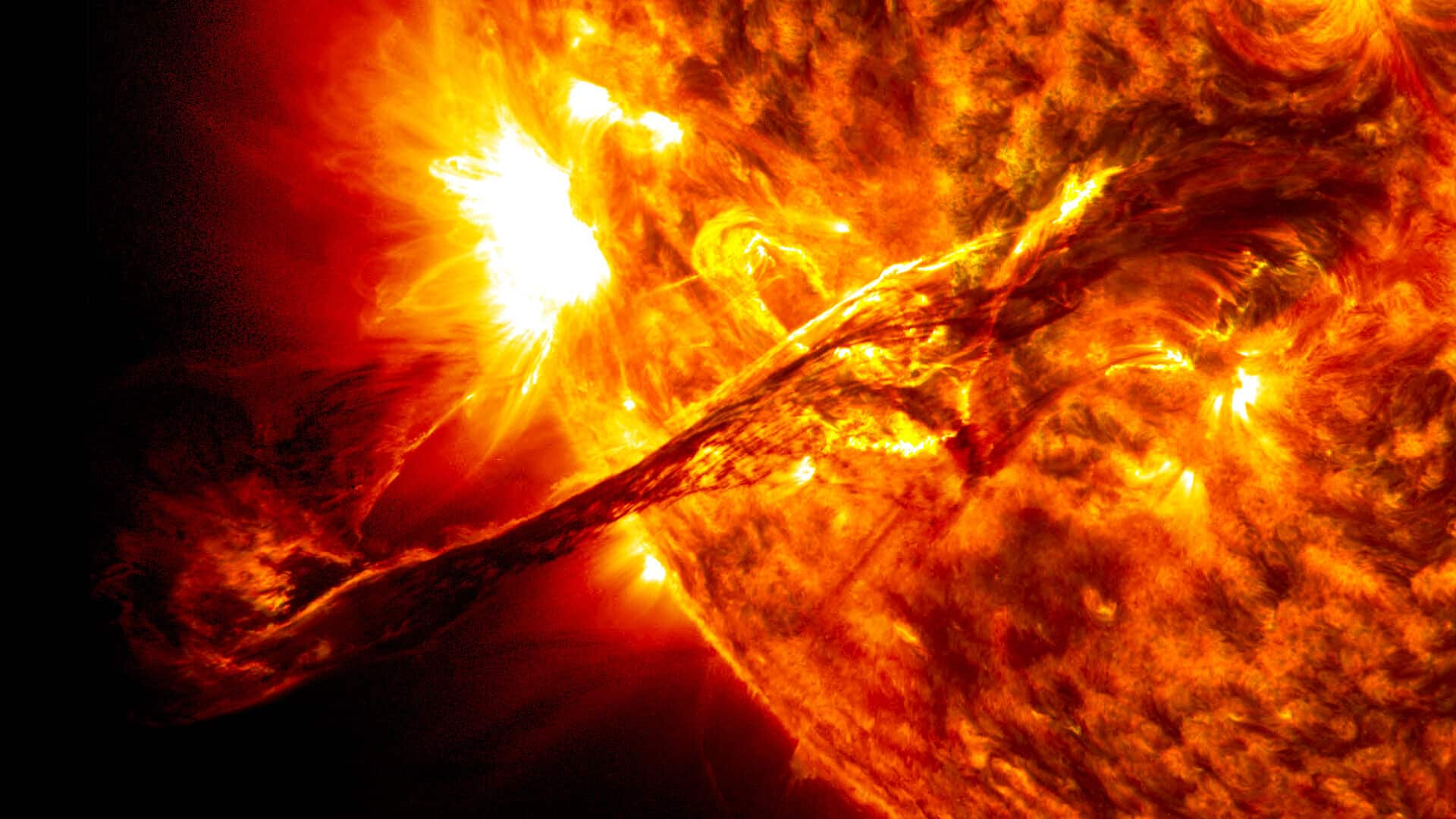
How NASA plans to investigate Sun's mysterious radio waves
What's the story
NASA's CubeSat Radio Interferometry Experiment (CURIE) is scheduled for launch today. The mission aims to investigate the unexplained origins of radio waves emanating from the Sun, which have been linked to solar flares and coronal mass ejections (CMEs). David Sundkvist, Principal Investigator and researcher at the University of California, Berkeley, described it as "a very ambitious and very exciting mission."
Novel approach
Innovative technique to pinpoint radio waves' origin
CURIE will employ a new technique called low-frequency radio interferometry, never used in space before. The mission will use two independent spacecraft, no larger than a shoebox, orbiting Earth about two miles apart. Sundkvist stated, "This is the first time that someone is ever flying a radio interferometer in space in a controlled way." This arrangement will allow CURIE's instruments to measure minute differences in the arrival time of radio waves and pinpoint their exact source.
Spacecraft design
CURIE spacecraft to measure solar radio waves
The spacecraft for the CURIE mission, designed by a team from UC Berkeley, are equipped to measure radio waves ranging from 0.1 to 19Mhz. This will help accurately locate the solar origin of these waves. Due to Earth's upper atmosphere blocking these wavelengths, such research can only be conducted from space. The spacecraft will be launched aboard an ESA Ariane 6 rocket from the Guiana Space Center in Kourou, French Guiana.
Future plans
CURIE's role in upcoming SunRISE mission
CURIE is the only mission manifested on NASA's CubeSat Launch Initiative's ELaNa 43 mission. As a pathfinder, it will demo a proof-of-concept for space-based radio interferometry in the CubeSat form factor. Furthermore, CURIE will lay the foundation for the upcoming Sun Radio Interferometer Space Experiment (SunRISE) mission, which plans to use six CubeSats to map the region where solar radio waves originate in 2D.
Mission execution
CURIE's launch and data collection process
The ESA Ariane 6 rocket will transport CURIE 579km above Earth's surface, providing an unobstructed view of the Sun's radio waves. Once in orbit, the two connected CURIE spacecraft will establish communication with ground stations before orienting and separating. Upon separation, their dual eight-foot antennas will deploy and begin data collection, marking a significant step in understanding solar radio wave origins.